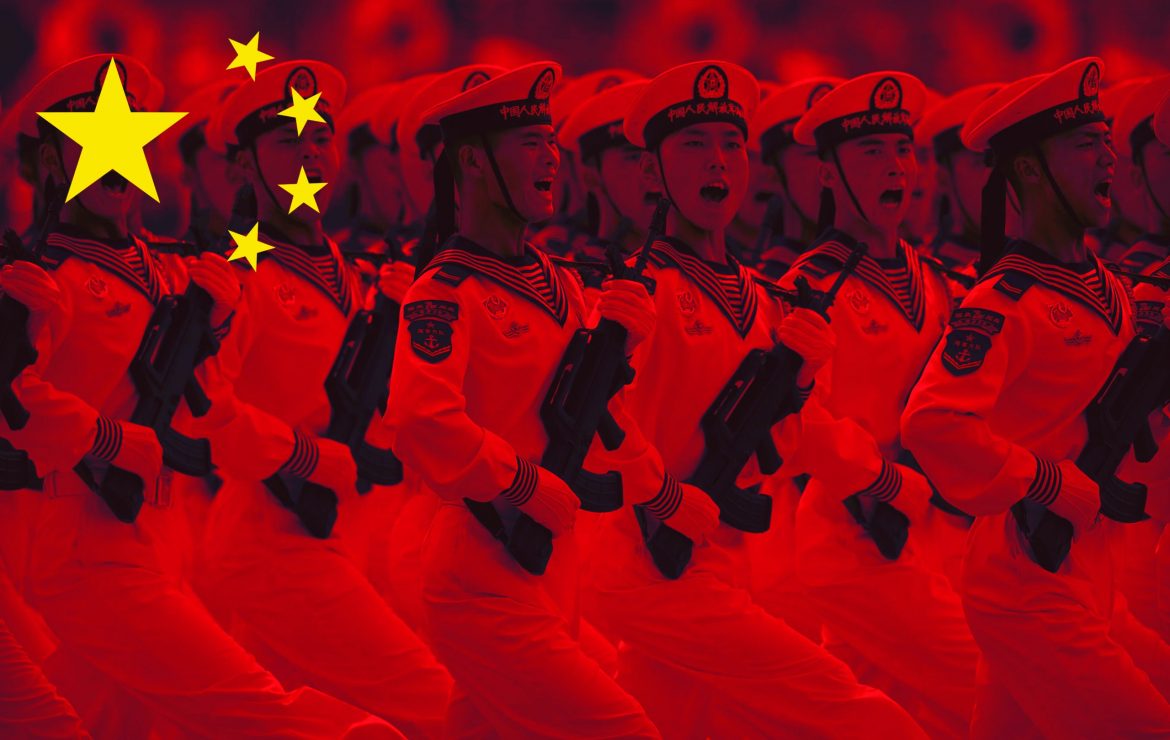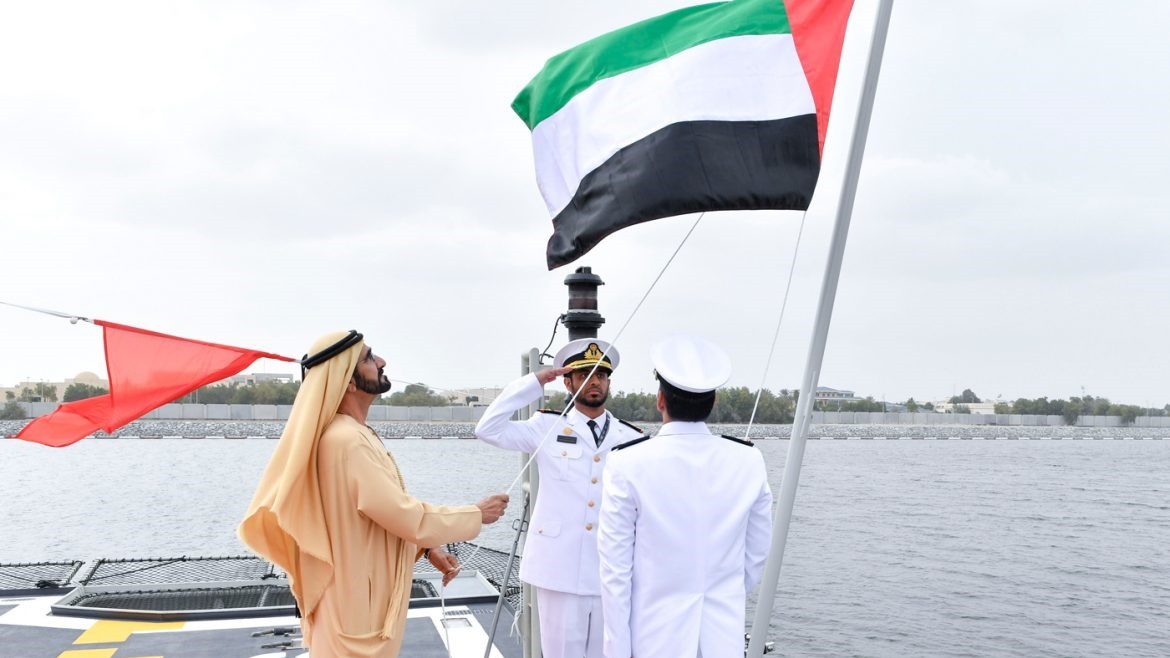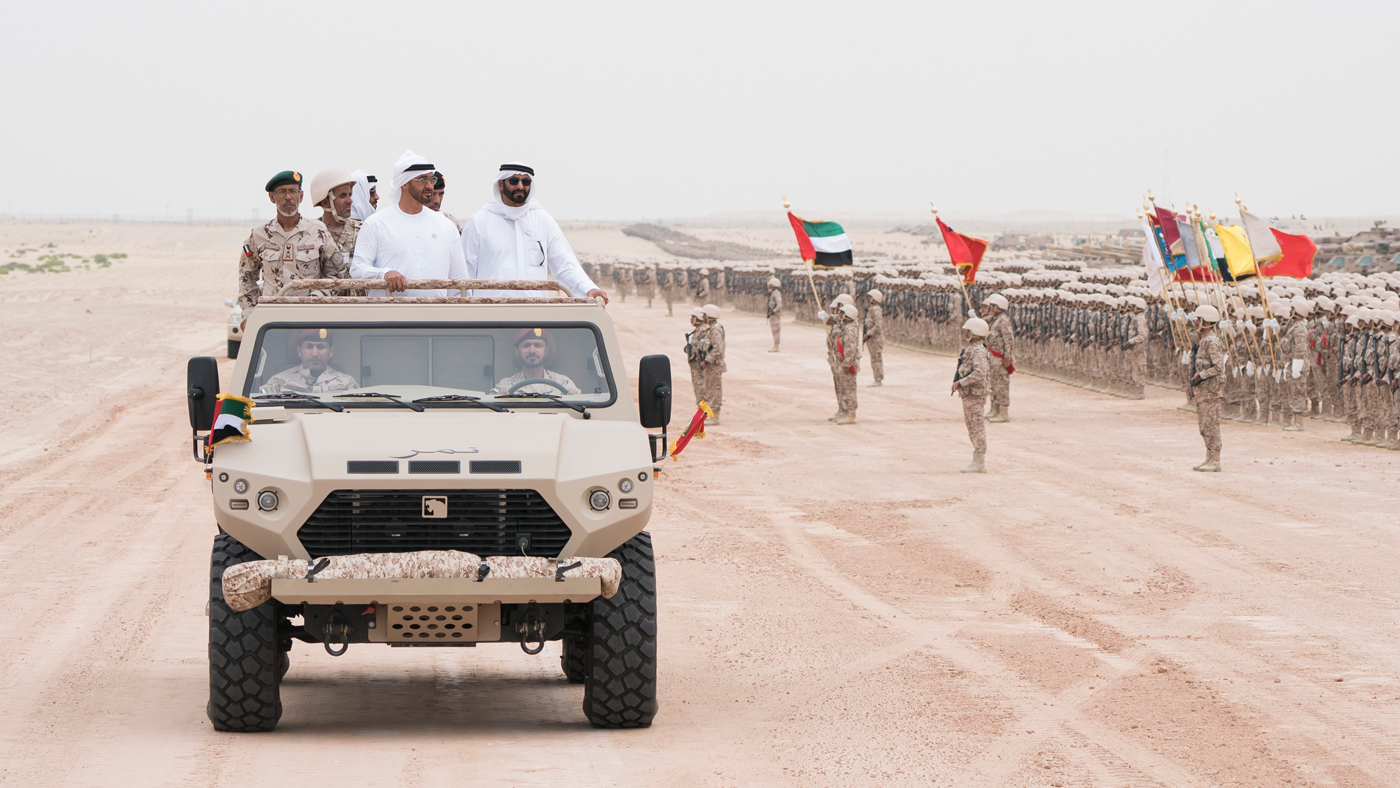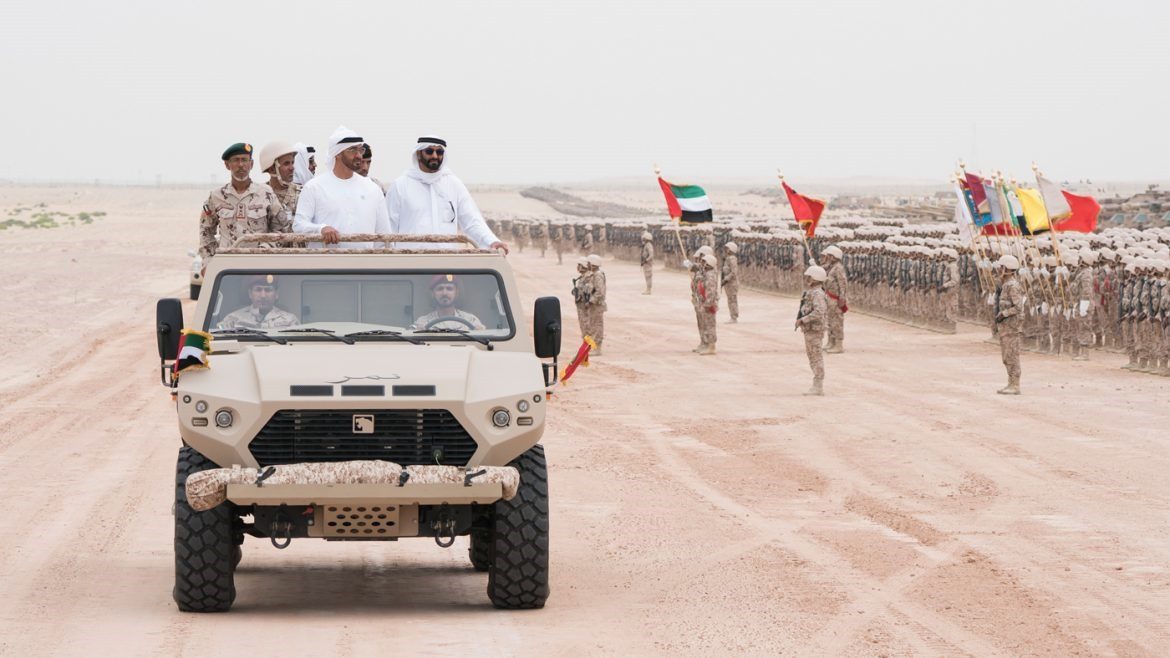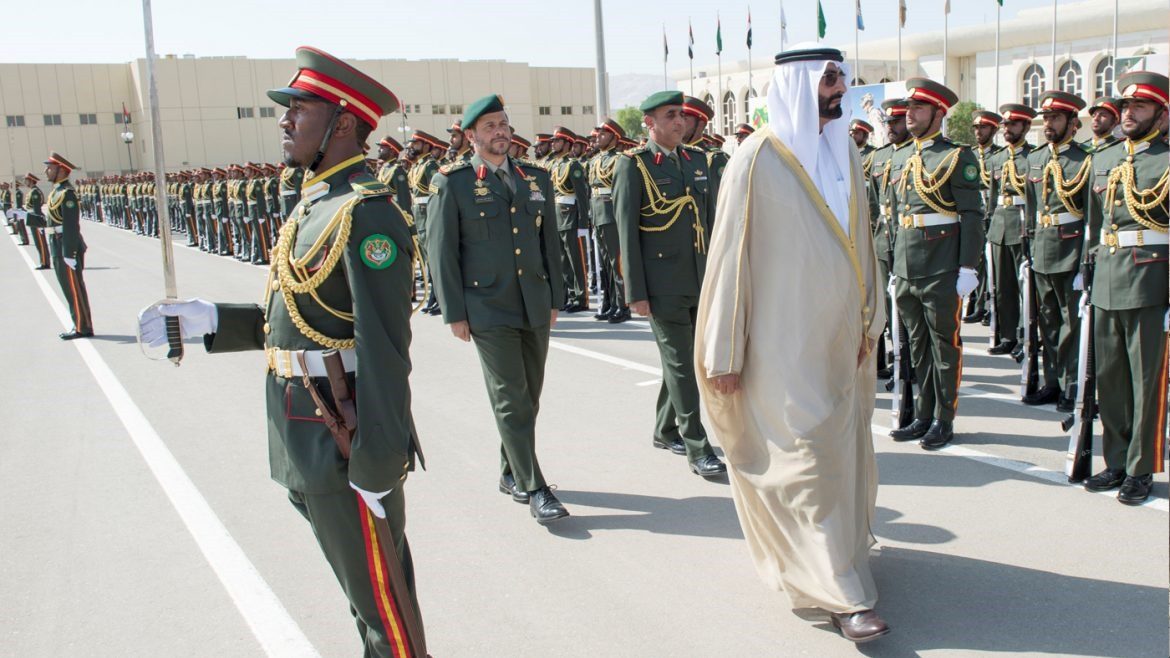Ever since China announced establishing its first overseas military base in Djibouti in 2017, there has been considerable speculation about where its next base could be. An easy assumption, borrowing from English playwright William Shakespeare’s famous phrase, would be: “All the world’s a stage.”
Before delving into this or other suppositions, it is important to view China’s security tactics by linking it to its flagship economic venture – the Belt and Road Initiative (BRI), which involves memoranda of understanding with 140 countries and dubbed the ‘project of the century’.
The BRI invokes historic memories of the Silk Road, which facilitated communication, trade and exchanges between civilizations. In its current form, the BRI is designed to further China’s economic and foreign policies. It is rooted in China enjoying economic success through infrastructure development. The plan is to replicate this economic strategy abroad. By attempting to create land and maritime trade routes linking China with Europe, through Asia (including Middle East), Africa and beyond, Beijing intends to help its own growth, especially in central and western China, and that of other countries too.
While BRI 1.0 (2013-2018) was predominantly an economic project, BRI 2.0 is increasingly assuming a security hue since it has coincided with ‘diminishing’ Western influence in all the three spheres of global power – economic, diplomatic and defence. It(the BRI) is being viewed as a tool that China is using to challenge America’s global hegemony. Chinese scholar Wang Jisi argued that the BRI was a “strategic necessity” because of the Barack Obama administration’s ‘pivot’ or ‘rebalance’ to Asia. In addition, the Chinese Communist Party’s Central Committee’s official journal Qiushi referred to the BRI as a “strategy.”
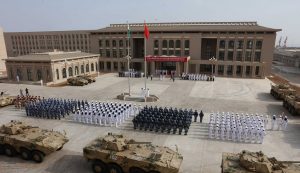
More importantly, since several BRI routes are vulnerable to “political instability, religious and ethnic tensions, fragile legal environments, criminality, environmental degradation, social strains,” and even transnational terrorism and anti-Chinese sentiments, it is logical for Beijing to enhance its security presence to protect its interests. While it is largely using the services of private security agencies, which mostly employ retired People’s Liberation Army (PLA) and police personnel, it is likely that the PLA Navy (PLAN) will resort to establishing more bases like the one in Djibouti.
Unique strategic discourse
While dealing with projecting military power abroad, Beijing uses a unique strategic concept. Since ‘overseas military base’ is often associated with imperialists building it on foreign soil for exploitation, Chinese military experts prefer the term “strategic strong point”. It means locations that “provide support for overseas military operations or act as a forward base for deploying military forces overseas.”
Thus, the Djibouti base is China’s first overseas strategic strong point. It is interesting that China also promotes such bases as being helpful to the host countries’ security and stresses that such sites will not be used to conduct offensive operations, like it is mostly with the overseas bases of other countries.
Since the PLAN is the face of China’s military missions abroad, it does two things: one, protects its sea lines of communication (SLOCs), which it fears the United States could disrupt in case of a conflict; and two, safeguards its overseas interests, which brings the BRI to the fore. Both tasks require “replenishment points” and “various forms of limited force presence,” which the overseas strategic strong point(s) fulfills.
The PLAN’s plan is only one component of China’s larger plan. Beijing is also keen to convert the PLA into a “world class military” by 2050 “to safeguard China’s sovereignty, security, and development interests.” Among the PLA’s tasks, the 2019 defence white paper mentions “safeguarding China’s overseas interests” and specifies developing “overseas logistical facilities”. The PLA’s “going out” strategy includes the PLAN’s new service strategy of “near seas defence (South China Sea), far seas protection (Indian Ocean). The other listed tasks include “vessel protection operations, maintaining the security of SLOCs, and carrying out overseas evacuation and maritime rights protection operations.”
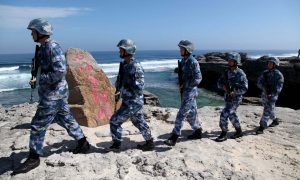
For now, PLAN has overtaken PLA in establishing China’s firs overseas base in Djibouti.
How many and where?
Whatever the term – base or strategic strong point – China is typically coy about its plans. But its chief rival, the United States, has set the speculative ball rolling with its own assessment identifying potential targets in Southeast Asia, Middle East, Central Asia, South Asia, Africa, and the western Pacific. According to the Department of Defense’s 2020 annual report: “Beyond its current base in Djibouti, China is very likely already considering and planning for additional overseas military logistics facilities to support naval, air, and ground forces”. It then lists a host of countries that China “has likely considered,” including “Myanmar, Thailand, Singapore, Indonesia, Pakistan, Sri Lanka, United Arab Emirates, Kenya, Seychelles, Tanzania, Angola, and Tajikistan.”
While most speculation revolves around Gwadar in Pakistan as the next destination for a Chinese base given the enormity of its BRI investments, another that has not been included in the US list but equally important is Cambodia. It was agreed between the two governments in July 2019 that PLAN would set up a facility at Ream. While Ream could meet its ‘near seas defence’ requirements, Gwadar could strengthen its ‘far seas protection’ tactic.
There have also been reports about a potential military base in the Wakhan corridor of northwest Afghanistan, which ties in well with reports of an outpost with Chinese soldiers in eastern Tajikistan, near the strategic junction of Afghanistan, China, and Pakistan.
According to a 2019 Pentagon report, Denmark is concerned about China’s ‘Polar Silk Road’ interest in the Arctic region, which has included plans to set up a research station and a satellite ground station, along with interest in airport renovation and mining expansion.
In exploring what factors may finally influence China’s future decisions the Djibouti case is instructive. The first base in the Horn of Africa was a culmination of China’s first long-term foreign deployment, as part of an anti-piracy task force, in the Gulf of Aden that began in 2008. Statistics point out that 31 Chinese naval fleets escorted 6,600 ships between 2008 and 2018 in the Gulf of Aden and waters off Somalia. Of these 3,400 or 51.5 percent was foreign vessels, with over 70 ships in danger being rescued. This statistic should silence critics who argue that China is not bearing international responsibility.
Since the Gulf of Aden deployment occurred to protect economic interests, it is likely that commercial factors would remain at the core of Chinese considerations in deciding future locations. It is also noteworthy that some Chinese scholars have put forth the ‘PEST’ outline – political, economic, social, and technological factors – to help decide potential bases. The government has also stated that diplomatic opportunity and broader strategic requirements would be key issues in future decisions on the matter. To achieve its objectives, it is likely to resort to assorted means – “buying, renting, cooperating, to constructing overseas bases or overseas protection hubs.”
In 2017, a senior official from the China Arms Control and Disarmament Association said: “China will build about ten more bases…Hopefully, China could have bases in every continent, but that depends on countries which would like to cooperate with China.”
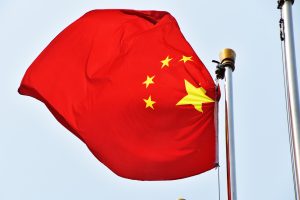
Another functionary of the Academy of Military Sciences of the PLA said in 2019 that China would open new bases under two conditions. “This matter is primarily determined by whether a new base is needed to help China better fulfill missions given by the United Nations…Second, it depends on the approval of the nation where a new base should be located.” The official further stressed that the main function of these sites is to provide logistical support to PLA units abroad, and not to place Chinese military forces in other countries.
Amid lack of clarity about specific bases, China’s current tactics suggest that it could target bases in countries where it is already involved in seaport development. In 2018, Chinese companies were involved in the building and maintenance of over 40 ports in about 35 countries, including the Middle East and Gulf. While Danish, Swiss and UAE companies also build and operate ports in dozens of countries, some more than the Chinese, they operate purely on a commercial basis. On the other hand, going by the developments in Djibouti, Cambodia and Pakistan, China foresees an important economic-political-security linkage through development of ports.
Beyond defending its own economic supply chain interests, Chinese experts have identified five other functions for overseas military facilities: war, diplomacy, political change, building relationships and training. These could be achieved through missions involving logistical support for anti-piracy, peacekeeping operations, humanitarian assistance and disaster relief, as well as military operations other than war, which include non-combatant evacuation and emergency rescue.
Beijing also deems defence expansion important because it feels the United States is becoming more confrontational in its bid to curb China’s expanding influence and power. The 2019 white paper clearly articulates that China and the United States are now competing superpowers. It points out that though the PLA still lags far behind the world’s leading militaries, China’s expanding defence capabilities will be able to challenge the United States. However, one thing the white paper categorically states is that China will never seek hegemony, expansion or spheres of influence in pursuing its national defence, indicating that it will not follow in the footsteps of Western colonial powers.
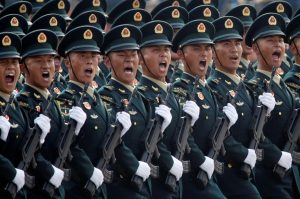
Conclusion
Supporting the above assertion, Chinese scholars are suggesting diplomatic tactics, particularly in the Middle East, that could help strengthen Beijing’s developing global security policy. These tactics include mediation to defend commercial rather than security interests; conflict “management” instead of “resolution”; and promoting a harmonious relationship among China’s strategic partners, many of whom are deeply divided and involved on conflicting sides of proxy wars.
These ideas serve two purposes. First, they dilute criticism about Beijing being uninterested and punching below its weight in contributing to the stability of the Middle East and elsewhere. Instead, they portray Beijing as seriously considering various options for greater engagement in regional and global affairs. Second, they promote the Chinese notion of a balanced diplomatic approach that relies more on deft mediation rather than any form of aggressive diplomatic or military intervention.
Overall, the discussions in China reflect Beijing’s bid to rebalance from the West’s “politics among nations” to Beijing’s “politics among networks,” focusing on “connectivity” (BRI) rather than “control (hegemony).” Such a nuanced approach, involving “maximum diplomacy” instead of “maximum pressure,” may help calm tensions in the Middle East and the world at large.
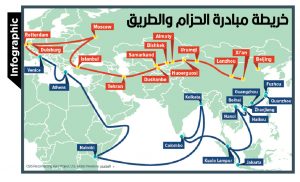
» By: Dr N. Janardhan
(Senior Research Fellow, Gulf-Asia Programme, Emirates Diplomatic Academy, and author, most recently, of The Arab Gulf’s Pivot to Asia: From Transactional to Strategic Partnerships)


